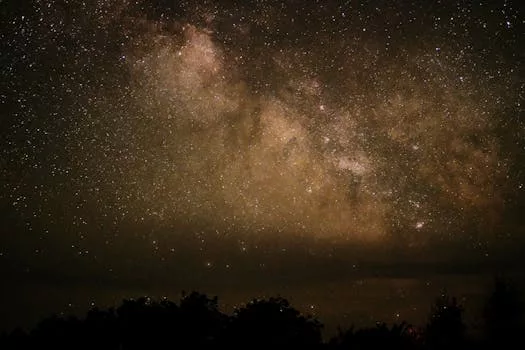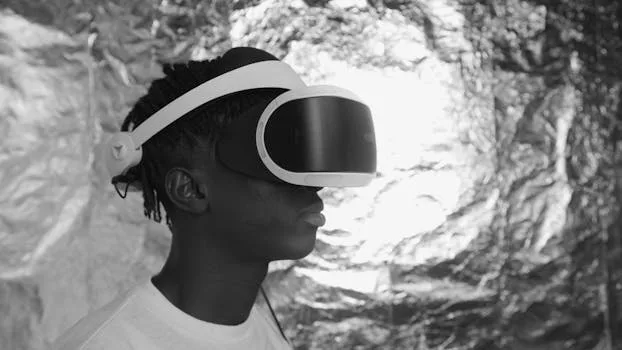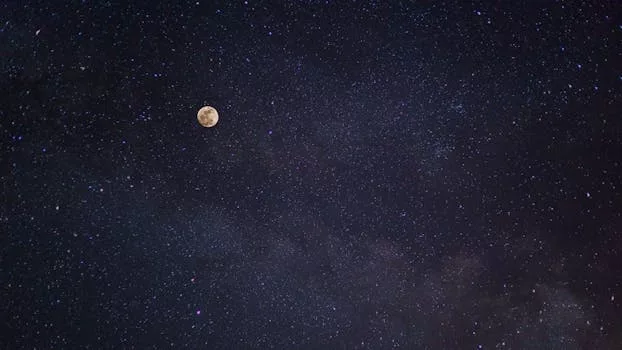
“
Beyond the Milky Way: Imagining New Worlds and Possibilities
Beyond the Milky Way: Imagining New Worlds and Possibilities has always been a topic of interest for space enthusiasts and scientists alike. The Milky Way, our home galaxy, is just one of the billions of galaxies that exist in the observable universe. With the advancement of technology and space exploration, we are now able to study and learn more about the vastness of space and the possibilities that lie beyond our galaxy. For a deeper dive into the imaginative aspects of space, check out Stargazing and Storytelling: How Imagination Elevates Us Beyond the Stars.
Introduction to Space Exploration
Space exploration has come a long way since the first human mission to space in 1961. Today, we have robotic missions that have traveled to the far reaches of our solar system and beyond. The Voyager 1 spacecraft, launched in 1977, is the most distant human-made object in space, with a distance of over 14 billion miles from Earth. The latest advancements in space exploration have also led to the discovery of exoplanets, which are planets that orbit stars other than the Sun. This ongoing exploration is crucial for understanding our universe and can inspire new ideas, similar to those discussed in Beyond Stars: Where Imagination Takes Flight.
New Worlds and Celestial Bodies
The discovery of exoplanets has opened up new possibilities for space exploration and the search for life beyond Earth. With over 4,000 exoplanets discovered so far, scientists are now able to study the characteristics of these planets and determine whether they are capable of supporting life. The Kepler space telescope, launched in 2009, has been instrumental in the discovery of exoplanets, and has revealed that there are billions of potentially habitable planets in the Milky Way galaxy alone. This fascinating topic is explored further in Beyond the Milky Way: Imagining New Worlds and Possibilities.
Possibilities and Implications
The discovery of new worlds and celestial bodies has significant implications for human spaceflight and the search for life beyond Earth. With the availability of new technologies and resources, we are now able to send missions to other planets and moons in our solar system, and even to other star systems. The search for life beyond Earth is an ongoing area of research, with scientists studying the conditions necessary for life to exist on other planets and moons.
Takeaways
- The Milky Way is just one of the billions of galaxies that exist in the observable universe.
- Space exploration has led to the discovery of exoplanets, which are planets that orbit stars other than the Sun.
- The discovery of exoplanets has opened up new possibilities for space exploration and the search for life beyond Earth.
- The search for life beyond Earth is an ongoing area of research, with scientists studying the conditions necessary for life to exist on other planets and moons.






